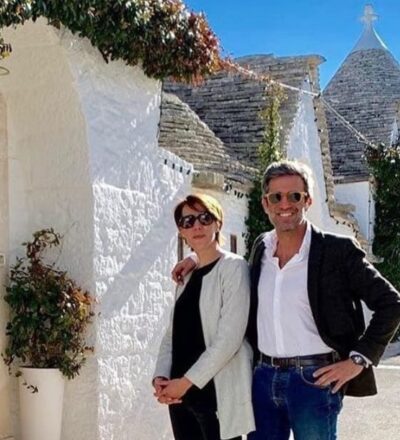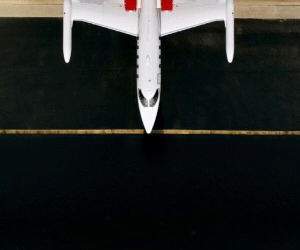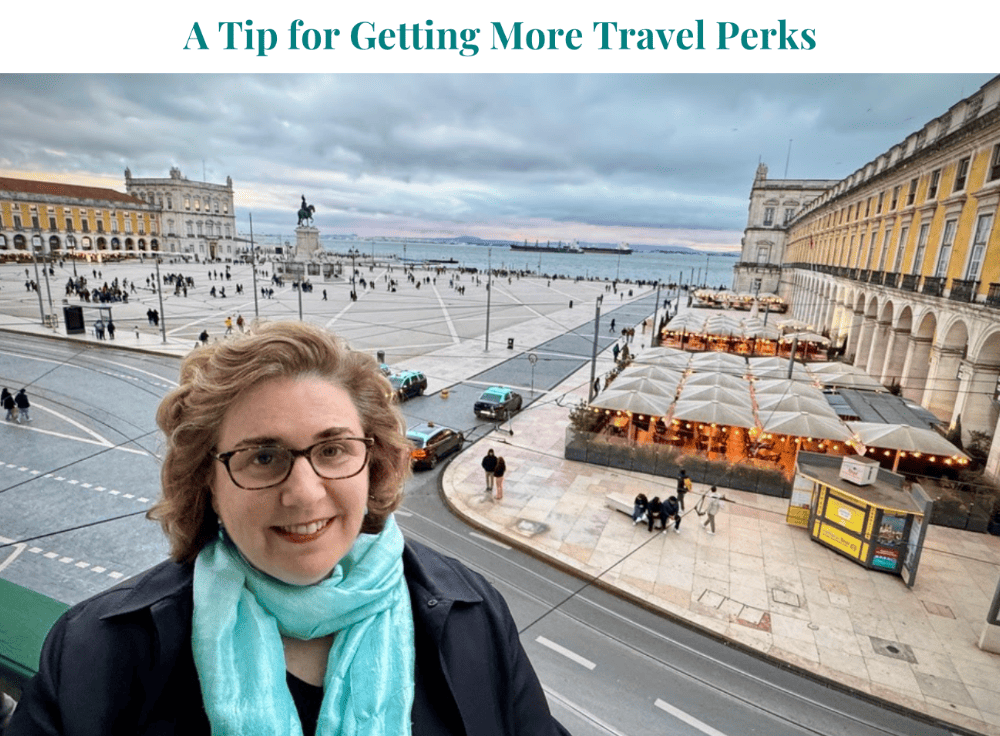Insider’s Guide to Puglia’s Cuisine, Coastline & Countryside
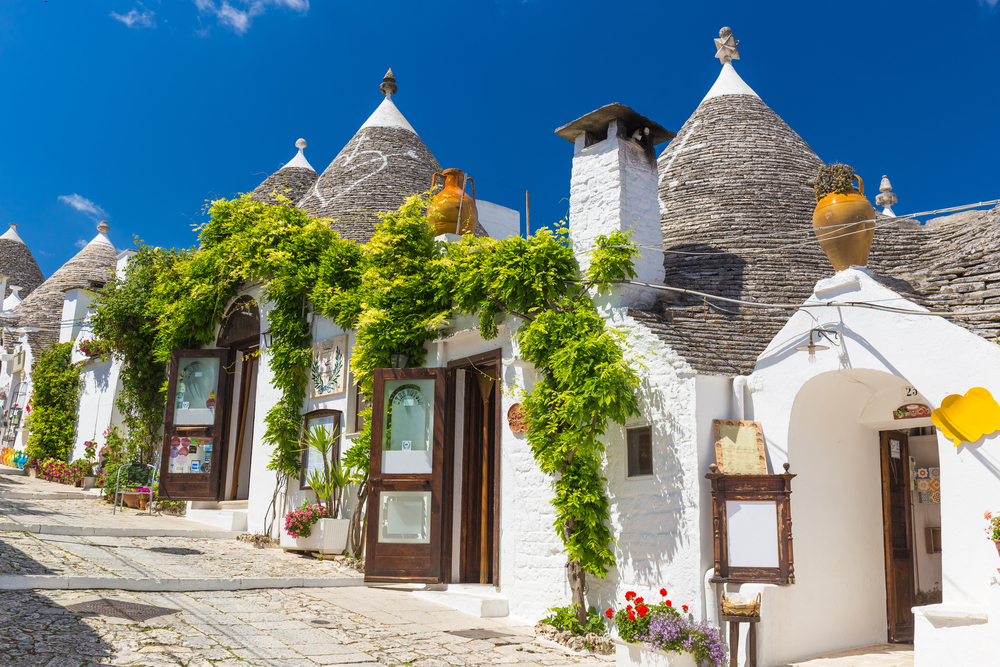 Cone-shaped trulli houses, like these in Alberobello, are Puglia's signature architecture. Photo: Shutterstock
Cone-shaped trulli houses, like these in Alberobello, are Puglia's signature architecture. Photo: Shutterstock
The insider advice on this page is from one of Wendy’s Trusted Travel Experts for Puglia: Antonello Losito of Southern Visions.
Puglia is where Italians come to eat. Its spectacular Adriatic coastline also makes it the hot new alternative to the traffic-clogged Amalfi Coast just a couple of hours to the west. The ultimate local expert is Antonello Losito, a Puglia native and former professional cyclist, supported by deputy Elisa De Pascali, who is also Puglia-born-and-bred and accustomed to working with VIP travelers. If your aim is to burn off as many calories as you ingest, Antonello will balance hikes and bike rides with stops at a local farm for a burrata-making session, or at an olive grove for an oil tasting with a family who’s been in the business for generations—and who didn’t just wave goodbye to a tour bus full of visitors. If you want adventure without the sweat, Antonello can arrange hot-air balloon rides, sailing trips, and self-drive itineraries along roads that will make you feel like you’ve stepped back in time. He loves to show off the variety of Puglia’s landscapes and settlements, from the whitewashed coastal towns hugging the cliffs to the cone-shaped trullo houses of the interior to the Baroque gems of Lecce. And Antonello won’t let you be fooled by star ratings: He’s personally handpicked the small hotels that offer something unique and the luxury properties that deserve their reputation, as well as a handful of private villas with five or more bedrooms.
Where to Stay and Eat
First, a word about hotel locations: Despite having miles and miles of coastline, Puglia has very few lodgings that are actually located on the water. Also, most hotels are not within walking distance of a town where you can stroll to shops and restaurants.
Best bang-for-your-buck hotel
Masseria Montenapoleone is a beautifully restored farmhouse with just 20 rooms in the very heart of Puglia. What makes this place stand out from other lodgings is how the owners have lovingly restored every detail to maintain harmony with the original architecture, and above all with nature. Rates are very reasonable, and you will feel the family’s dedication to quality and well-being during every minute of your time here.
Best-value splurge hotel
Palazzo Bozzi Corso. This nine-room palace, in the heart of Lecce’s old city, represents the ideal union of the antique and the contemporary and is a must for art lovers, as some suites contain numerous pieces by leading artists.
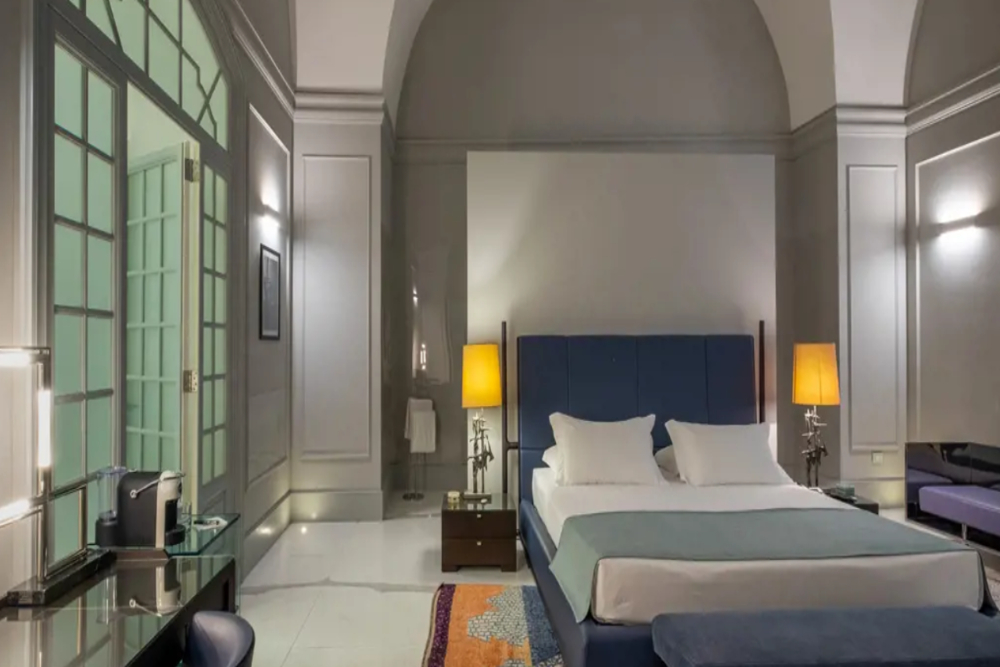
Suite Jacques Zwobada at the Palazzo Bozzi Corso. Photo: Southern Visions Travel
Restaurant the locals love
Trattoria Terra Madre. This is the absolute best restaurant in the trulli capital of Alberobello (which is otherwise full of rather touristy eateries). A little off the beaten track, but within walking distance of the main trulli district, the restaurant champions locally grown seasonal produce and serves delicious dishes with a focus on vegetables.
L’Altro Baffo. With understated decor and an informal atmosphere, this restaurant in the heart of Otranto’s old town consistently delivers. The catch of the day or any of the pasta dishes are Antonello’s favorites.
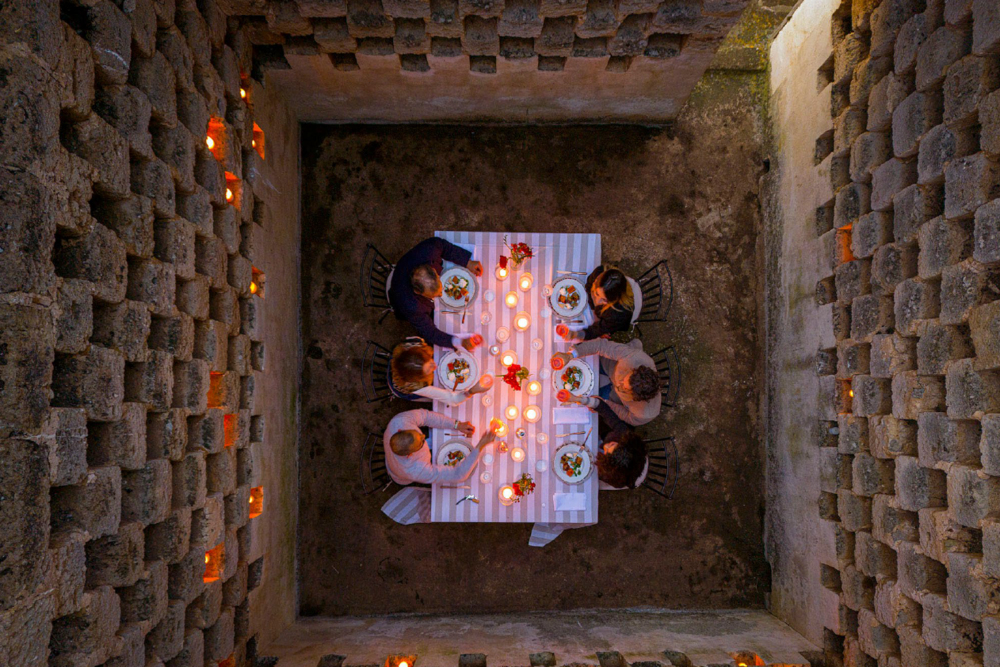
Antonello can arrange a private dinner like this in Salento. Photo: Giovanni De Sandre
Pescheria Due Mari. Imagine a fishmonger crossed with a champagne and oyster bar. This small restaurant in Savelletri specializes in the highest-grade raw fish (a local delicacy), although there are a few cooked dishes on the menu. Order the tartare selection for a mouth-watering discovery of tuna, prawn, and white fish, all prepared differently. There is only outdoor seating, but it is shaded.
Dish to try
Burrata. This irresistible cheese, mozzarella’s wildly indulgent cousin, comes from Puglia and is strictly to be eaten on the day it is made. A hands-on burrata-making experience is a great insider look at the area’s culinary traditions and guarantees a tasting of the freshest cheese you’ll ever try!
Meal worth the splurge
Sale Blu, in Capitolo. It’s hard to get a bad meal in Puglia since locals eat so well in their own homes—why would anyone pay for something substandard? But what makes Sale Blu stand out is the combination of refined cuisine with a stunning location, right on the water. It’s one of the most romantic places to dine in the whole region, and the chef has revisited traditional dishes with a contemporary twist.
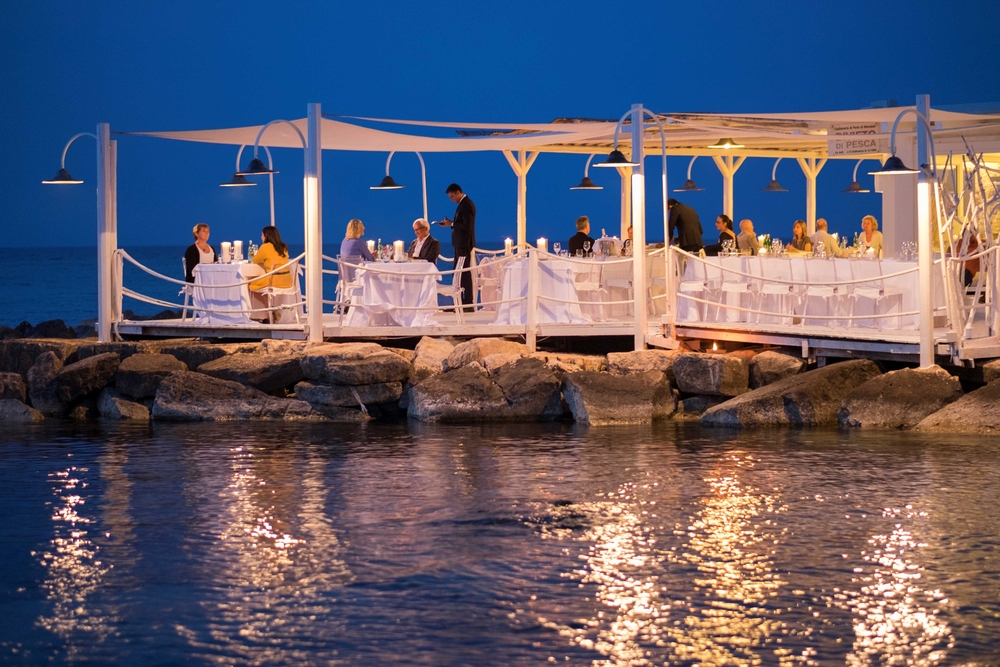
Waterside tables at Sale Blu, the restaurant at the hotel La Peschiera. Photo: Southern Visions Travel
What to See and Do
Don’t miss
The monumental olive trees. There are more olive trees in Puglia than there are people in Italy: over 60 million! But what makes them special are their size and age. The central area of Puglia is home to the highest concentration of ancient olive trees anywhere in the world, and they are magnificent natural monuments. Lose yourself in their incredible sculpture and energy.
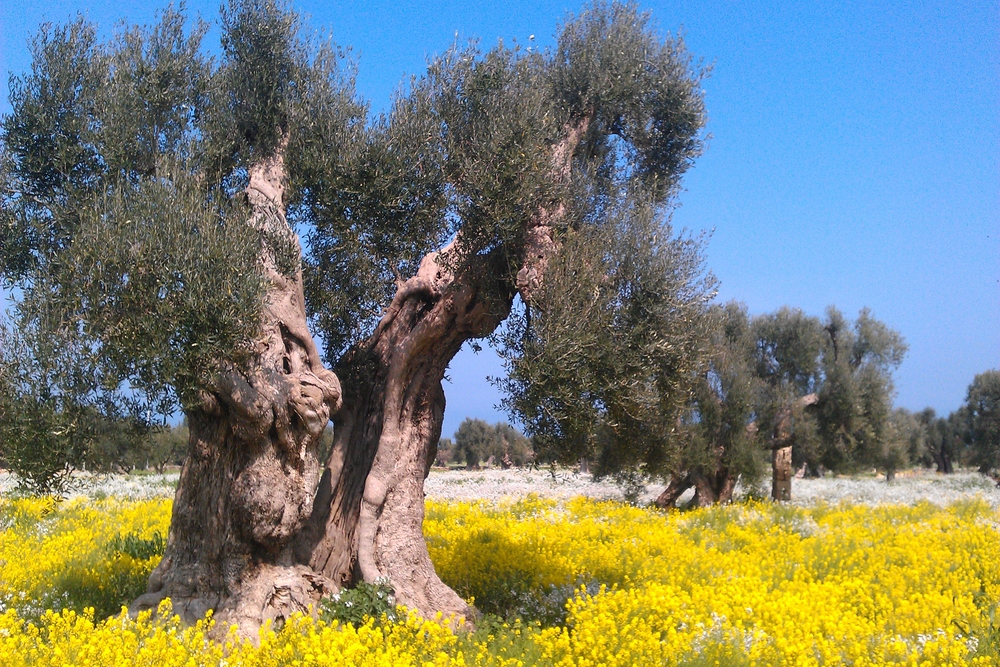
Grizzled ancient olive trees, set off by a field of wildflowers in Puglia. Photo: Alison Pike
Don’t bother
Grotta Palazzese. The location of this cave restaurant is extraordinary, but the food is overpriced and a little underwhelming.
Most Underrated Place
Bari. Puglia’s prosperous seaside capital is often overlooked by tourists. Wander the tangled streets of the old town and visit the grandmas who make pasta on the narrow lanes outside their homes. The city also boasts a lovely seafront promenade and a shopping street with many designer European brands.
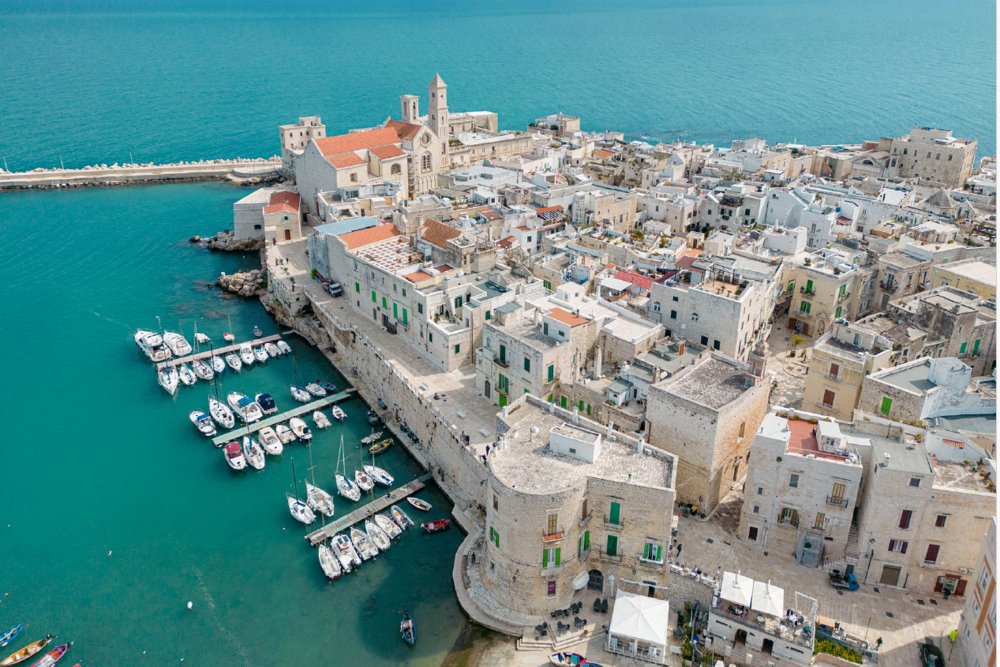
Giovinazzo is a more tranquil alternative to hotspots like Monopoli. Photo: Southern Visions Travel
Hidden Gems
The northern fishing ports of Trani and Giovinazzo. These absolutely charming seafront towns are steeped in tradition, stunning architecture, and the freshest seafood—and they are much more tranquil throughout the year compared to famous hotspots like Polignano a Mare and Monopoli.
Bragging rights
Antonello can send you octopus fishing with locals. This is a beautiful, behind-the-scenes experience of real life in Puglia. You depart on tiny fishing boats, known as gozzi, just before sunrise. As you approach the cliffs of Polignano a Mare, the sun appears over the horizon, bathing the sea and the coast in a truly spectacular light. Spend an hour or two on board chatting with the fishermen, all characters themselves, and learning how they catch the legendary octopus.
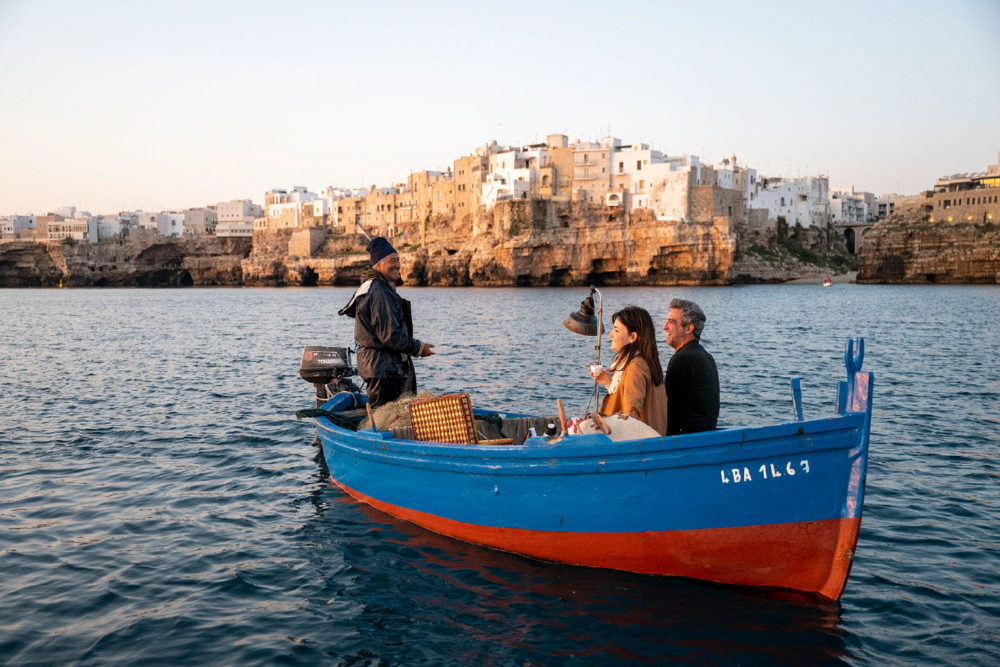
Hunt for octopus with local fishermen off Polignano a Mare. Photo: Giovanni De Sandre
The grandmother, or nonna in Puglia, is a truly loved and cherished figure. Share a wonderful meal with a group of delightful older ladies, starting by preparing the food together, and finishing with stories told alongside their black-and-white photos. This is a deep dive into the way of life in Puglia, where locals highly value both family and the importance of sharing food and tales together.
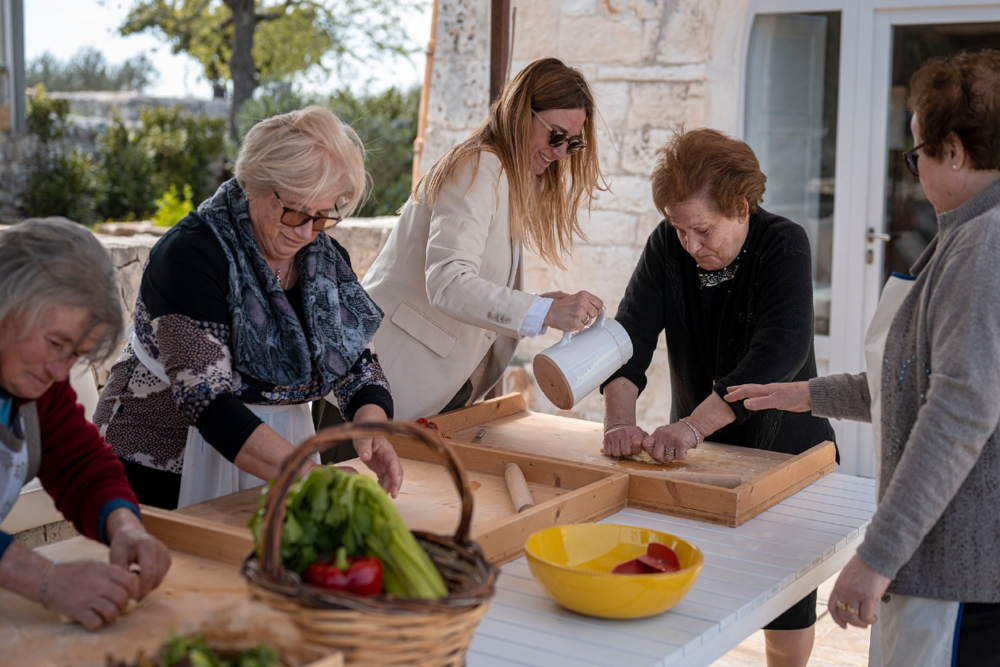
Learn how to make pasta from an Italian nonna. Photo: Giovanni De Sandre
Have dinner on a trabucco; these are old fishing platforms, made out of wood and extended over the water. Huge cogs and levers would allow the fishermen to cast enormous nets into the shallow waters of the Adriatic and then raise them to haul in the catch. Antonello’s travelers can hear about the old fishing traditions and then enjoy an exquisite meal on a trabucco, served by a private chef and based on the day’s catch.
Best Times to Go
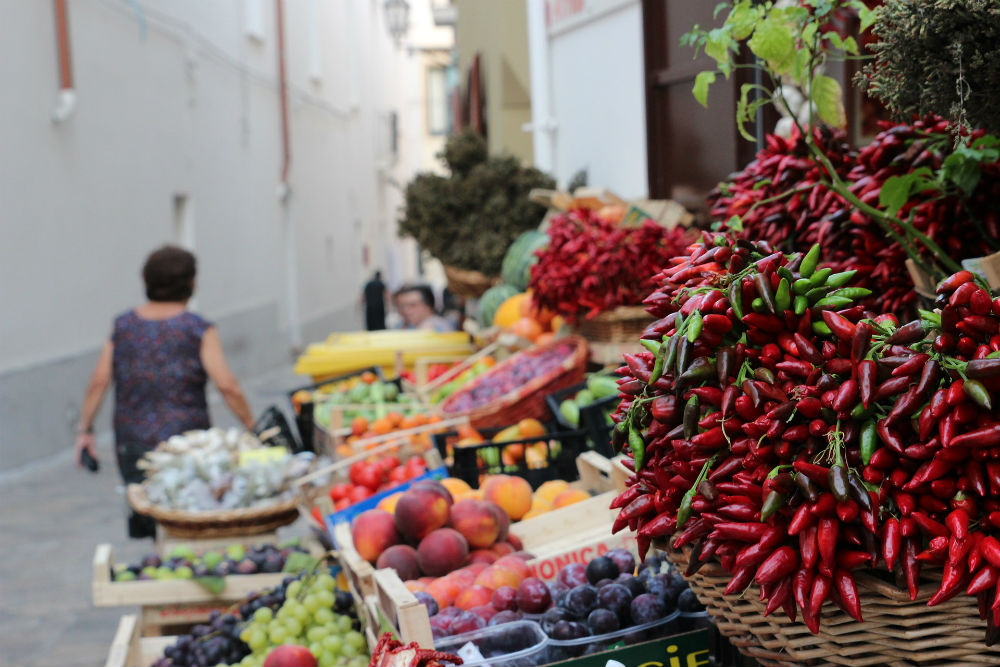
Spring and fall. Puglia has a longer season than more northern parts of Italy. The Mediterranean light and warmth allows for very enjoyable travel from March right up until early November. In the springtime you’ll find carpets of wildflowers beneath the olive trees and very few tourists. For those looking to swim in the sea, June to October are the best months.
Worst Time to Go
August. All of Italy heads south in August, since most businesses close at least for the first three weeks of the month. At this time of year the beaches are crowded, it’s very difficult to find parking, the restaurants are packed, and hotel rooms are at their most expensive.
Biggest Rookie Mistakes
Not adapting to local timing. Pugliese take a very long siesta: Shops and services close at 1pm and typically do not re-open until 5pm. For this reason, most restaurants don’t start serving dinner until 8pm, and locals usually won’t dine before 9pm. To get the most out of the destination, fill your morning with a fun activity, enjoy a long and lazy lunch, and then take a rest before heading out again in the early evening.
Expecting to motor to lunch during your day on a private yacht. Unlike on the Amalfi Coast, in Puglia it is rarely possible to reach restaurants via the water. It can be lovely to spend a day at sea—but you’ll need to either eat on board, or return to port and drive to a restaurant for lunch.
Can't-Miss Photo Op
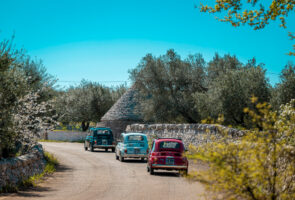
You, driving a vintage Fiat 500 down Puglia’s country lanes. Fiat 500s are so photogenic, they add fun and style to any picture without even trying. Antonello can make you an honorary Italian for a day, driving one of these classic cars along old country lanes lined with dry-stone walls and beautiful olives trees. Cone-shaped trulli houses emerge from the gently rolling hills. Seasonal flowers and fruits adorn the streets. Could there be a more perfect car to experience the southern Italian way of life?
The Souvenir
Pumi. The pumo is a traditional ceramic in the form of a flower bud. Ubiquitous around the region, you will see its form repeated again and again on balconies, gardens, and restaurants. Pumi are said to represent good luck, and most local people have several in their homes. You can find one to bring home in Grottaglie, Puglia’s pottery capital, which is filled with tempting shops making all kinds of irresistible ceramics.
Must-Have App
WhatsApp is the preferred method of communication for the majority of service providers in southern Italy—hotel concierges, restaurant maître d’s, private guides, etc. Download it before your trip for easy in-country communication with either WiFi or cell coverage.
Tipping Tip
Tips in southern Italy can only be conferred in cash. Offering to pay a tip by card only causes tension and complications and is often not possible. If you are feeling generous, leave 10% in cash.
Scam to Avoid
Touts offering themselves as tour guides. In the center of the region’s most well-known towns, such as Matera, Lecce, and Alberobello, you’ll find local guides advertising their services at very low prices. Beware: These tours tend to be poorly organized and only depart if a minimum number of participants join; language skills can also leave much to be desired. Far better to hire a knowledgeable guide through a reputable source.
How to Spend a Lazy Sunday
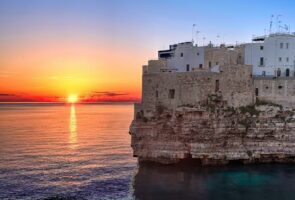
Sunday lunch with your family is sacred in southern Italy. For some good people-watching, head to the coast and see all the extended families enjoying a long and leisurely seafood feast. (And keep in mind that as a result, many restaurants are not open on Sunday evening.)

